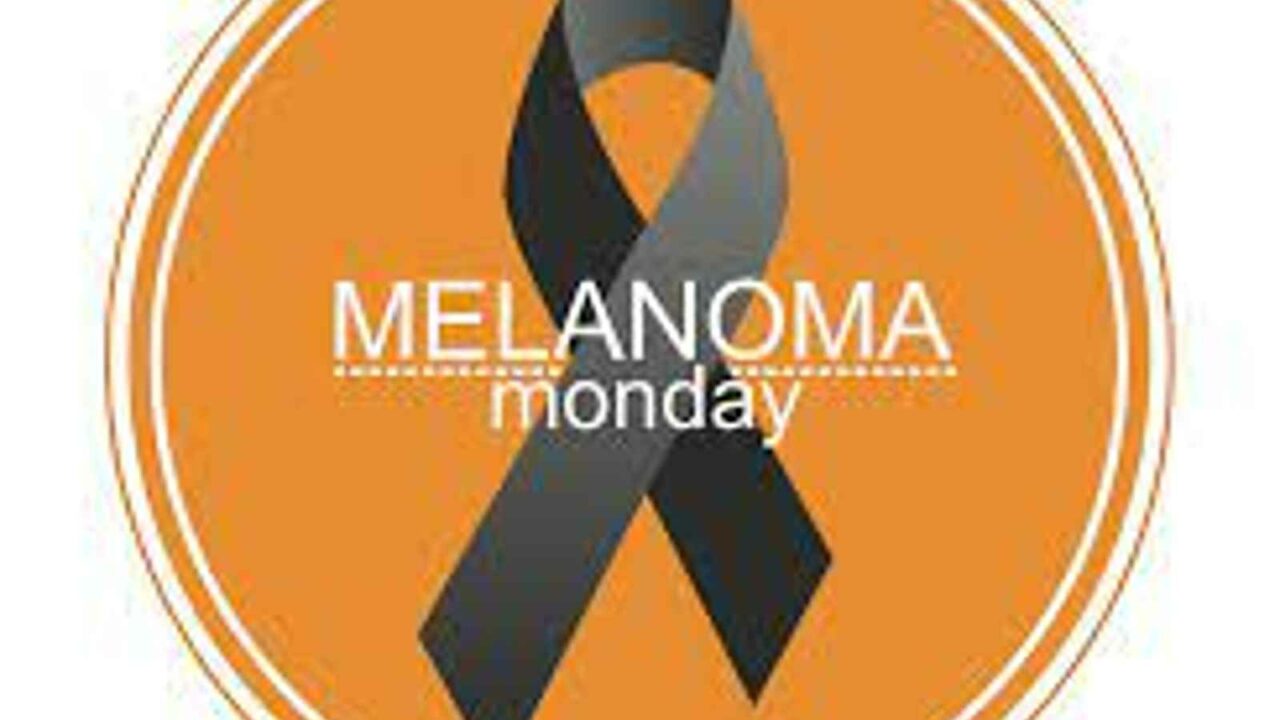Melanoma Monday 2023: The American Academy of Dermatology created Melanoma Monday, which occurs on the first Monday in May May 1 this year three weeks prior to National Safe Sun Week, to raise awareness of the disease’s symptoms, causes, and prevention, and the day has become associated with wearing black clothing. Melanoma, the most lethal form of skin cancer, affects one in fifty Americans at some stage in their lives. There are numerous ways to prevent melanoma, so spend extra time today learning how to lower your risk!
HISTORY OF MELANOMA MONDAY
Melanoma, the deadliest form of skin cancer, did not enter recorded annals until the fifth century B.C. When Hippocrates first described the disease, he used the Greek words’melas’ and ‘oma,’ which mean ‘dark’ and ‘tumour,’ respectively. There were few to no treatment options.
Prior to the 18th century, when physician John Hunter first excised a metastatic melanoma, very little additional knowledge of melanoma was gained. Although his procedure was successful, he was unsure of precisely what he had accomplished. He referred to the melanoma as a “cancerous fungous excrescence,” and it wasn’t until 1968 that the preserved tumour was identified as melanoma.
In the early 1800s, medical understanding of melanoma advanced significantly. Dr. René Laennec was the first to distinguish melanoma, coining the term’melanose’ in 1804. Thomas Fawdington acknowledged in 1826 that the medical community knew very little about the causes of melanoma. In 1838, Sir Robert Carswell introduced the term’melanoma’.
In 1844, melanoma was still considered incurable. Samuel Cooper once stated that the only hope for melanoma patients was early removal. There was still experimentation. In 1892, Herbert Snow advocated the removal of not only the tumour but also the adjacent gland. William Handley made a significant advancement in the therapy of melanoma in 1905, which led to the removal of all subcutaneous tissue and lymph nodes surrounding the tumour for fifty years.
Henry Lancaster’s discovery in 1956 that ultraviolet radiation and solar exposure caused melanoma catalysed the explosion of modern melanoma knowledge. In addition to sun exposure, many genetic factors, such as fair complexion, family history, and eye colour, can indicate an increased risk for melanoma. Even though there is a general comprehension of how to prevent, identify, and treat melanoma, there is still ongoing research into the disease.
HOW TO RECOGNISE MELANOMA ON MONDAY
Don black
Since the American Academy of Dermatology established Melanoma Monday, the colour black has represented melanoma awareness. Wear your finest black attire and venture out into the community to spread support and awareness.
Learn about the prevention and diagnosis of melanoma.
Educating yourself is an excellent starting point! From population prevalence to risk factors to categories of skin cancer, there is a great deal to be learned. Schedule a skin exam if you have a suspicious mole or believe you are at risk.
Use the hashtag #MelanomaMonday on social media.
Since the purpose of the day is to raise awareness of melanoma, there is no better method to reach people than through social media. Spreading prevention and diagnosis guidelines could potentially save a life.
International Sunflower Guerilla Gardening Day 2023: Date, History, Facts
5 FACTS ABOUT MELANOMA
Melanoma spreads rapidly
It can spread more rapidly and at an earlier stage than many other types of cancer.
Melanoma strikes juveniles
While the average age at which other cancers are diagnosed is between 65 and 70, the average age at which melanoma is diagnosed is 50.
There are many potential dangers.
Red hair, more than 50 lesions, a melanoma history in the family, childhood sunburns, and tanning bed use are all risk factors for the disease.
Melanoma is highly curable.
While it is true that melanoma can be fatal, it is treatable if detected early — prompt detection is imperative.
Avoid the sun to reduce your risk.
The most effective method to reduce your risk of melanoma is straightforward: practise sun safety and avoid prolonged exposure to the sun!
WHY MELANOMA MONDAY IS IMPORTANT
It elevates consciousness
Due to the fact that the average age of a melanoma patient is younger than that of patients with other malignancies, many individuals who are at risk have yet to consider cancer. Melanoma Monday is an essential step towards raising awareness and preventing a life-altering and painful diagnosis.
It assists individuals with melanoma.
Melanoma Monday raises awareness of a disease that has affected millions of people, in addition to urging those at risk to undergo a skin exam. It sheds light on their struggle; donning a skin cancer wristband or an all-black outfit makes them feel more visible.
It provides resources.
You may be aware of melanoma, but not its prevention or treatment. Knowing how to safely spend time in the sun and where to go for a screening or treatment is crucial for reducing the disease’s impact on the population and preventing your own diagnosis.
MELANOMA MONDAY DATES
| Year | Date | Day |
|---|---|---|
| 2022 | May 2 | Monday |
| 2023 | May 1 | Monday |
| 2024 | May 6 | Monday |
| 2025 | May 5 | Monday |
| 2026 | May 4 | Monday |


















